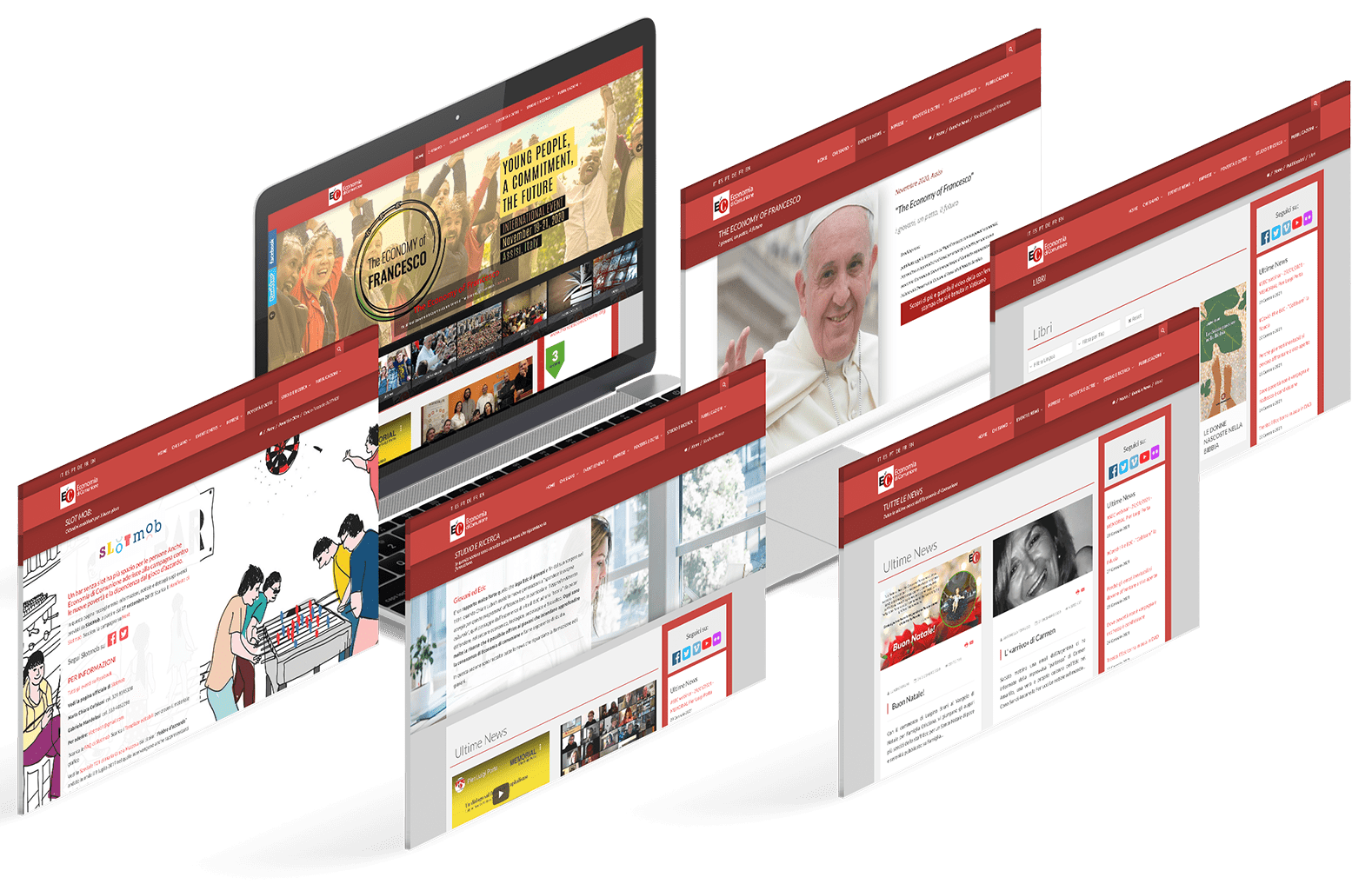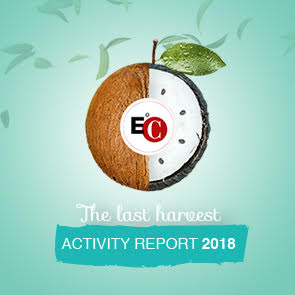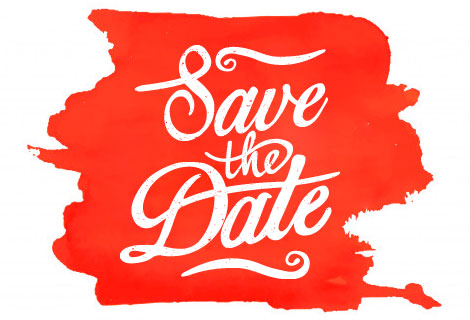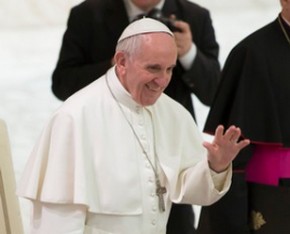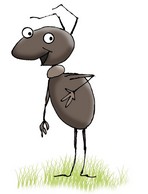The exile and the promise/3 - The task of announcing the hard test and sowing the future
by Luigino Bruni
published in Avvenire on 02/12/2018
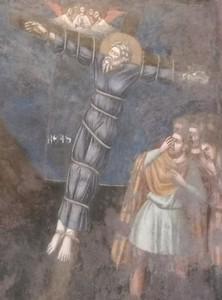 “But there remains always this paradoxical fact (...) that it is the sacred that is manifesting, and thereby limiting itself and ceasing to be absolute. (...) this is the great mystery, the mysterium tremendum: the fact that the sacred accepted self-limitation.”
“But there remains always this paradoxical fact (...) that it is the sacred that is manifesting, and thereby limiting itself and ceasing to be absolute. (...) this is the great mystery, the mysterium tremendum: the fact that the sacred accepted self-limitation.”
Mircea Eliade, Myths, Dreams and Mysteries (English translation by Philip Mairet Eliade)
We are tireless seekers of consolation. We have such a need for it that we almost always barter it for illusions. Prophecy is a great generator of true consolations, but since they are neither predictable nor on sale, we queue up in department stores where cheap illusions abound. The non-illusory consolations of the prophets live together with an absolute need for truth, they arrive only within this truth offered at full price-value.
“And you, son of man, take a brick and lay it before you, and engrave on it a city, even Jerusalem. And put siegeworks against it, and build a siege wall against it, and cast up a mound against it. Set camps also against it, and plant battering rams against it all around” (Ezekiel 4:1-2). After the first visions, Ezekiel now receives the command to make a sort of a model to represent the siege of a city. And once the work is finished, under the most probably surprised eyes of his fellow countrymen, he does not say 'this is Babylon', as perhaps his exiled companions expected and hoped, but "This is Jerusalem" (5:5). It is precisely the holy city that is about to be besieged by the Babylonians. There is no consolation for those who, following the oracles of the false prophets, wanted to believe that the city of David is unassailable because it is protected by its different God.
Ezekiel's first public prophetic gesture is therefore a sign, his first message is a symbol. To generate his first prophecy he composes a sculpture, then uses his hands, body, some soil and various materials that he has at his disposal. And so he also tells us something about the deep connection that exists between art and prophecy. Each artist shares in some of the features of prophecy, and vice versa. Prophets and artists are capable of forging gestures, sounds and words because they themselves were first forged and continue to be forged every day. They are a vocation, they are non-verbal language, hands and matter, they dialogue with a daimon, they speak with their whole body. In a time like ours which is poor in true prophets, if we want to know some real marks of prophecy we can find them in artists.
The 'job' of the prophet, like all jobs, can also be learned by doing it. When Ezekiel receives his prophetic vocation, he has been in Babylon for some years already, among a people with a complex and rich religion, with priestly classes and a codification of practices and rites. That culture had produced many forms of divination, magic and rituals that made extensive use of symbols, and its seers should not have appeared very different from the prophets of Israel. Ezekiel knew well the cults of that people and the other surrounding peoples, and it cannot be excluded that at the beginning of his prophetic activity he was influenced by that sacred universe. In Ezekiel's plastic gesture one can see traces of a practice common to many archaic cultures, which we also find in some biblical traditions (Numbers 21:8; 2 Kings 13:29-31). It is the so-called homoeopathic technique (i.e. 'the like heal themselves with the like'), a set of imitative actions and liturgies, which aimed to operate at a distance through symbolic representations of the person or reality that you wanted to change. Known examples of this include the statuette pierced with thorns to bring death or pain to a distant person, or the ritual pouring of water on the ground to invoke rain, or scenes of captured animals painted on the inside of caves to propitiate hunting. It was believed that the similar (small one) acted on the similar (big one), that an effect could be produced simply by representing and imitating it.
Prophets are not angels. They are men and women, they live in the spirit of their time. Biblical prophecy is born of older traditions. It starts from there, but goes far beyond it, radically innovating the older tradition. This cross-breeding is not a handicap of Israel's prophecy, but an element that increases its beauty and value, because it tells us about the historical nature of the Bible and its revelation. At the same time, prophetic gestures also present some great novelties. First of all, it is not the words and actions of Ezekiel, but the obstinately unfaithful behaviour of the people that brings about the siege and then the destruction of Jerusalem: “And she has rebelled against my rules by doing wickedness more than the nations, and against my statutes more than the countries all around her” (5:6). The prophet with his symbols makes us aware of the causal link between the actions of the people and their consequences.
But the fundamental innovation lies in the role played by the person of the prophet in the gestures he makes. Ezekiel announces pains and misfortunes for others after having experienced and felt them in his own body: “Then lie on your left side, and place the punishment of the house of Israel upon it. For the number of the days that you lie on it... 390 days (...). And when you have completed these, you shall lie down a second time, but on your right side, and bear the punishment of the house of Judah. Forty days I assign you” (4:4-6). Ezekiel embodies the years of the Assyrian exile of Israel and then the Babylonian exile of Judah by lying still as if paralysed on his side, like a fakir or a yogi. He is the statuette sunk in living flesh so that YHWH can send a message to his people. Unlike the shaman or seer, the prophet is not just a mediator, he is the message made flesh. Ezekiel applies the homoeopathic logic to himself: he suffers in small (days) the same fate that the people suffer in large (years): “For I assign to you a number of days, 390 days, equal to the number of the years of their punishment. So long shall you bear the punishment of the house of Israel” (4:5). He is the first symbol, because he 'throws together' (σύν and βάλλω) heaven and earth. In The Count of Monte Cristo, Giovanni Bertuccio, after having saved a newborn from death, secretly delivers him to a hospice; he cuts the band that enveloped the baby in two parts, keeping one, so that one day he can recognize it by matching the two torn ends. The prophet is the part that remains in the cradle and the part that is taken away, together. He is on God's side and on the side of the people; he speaks of heaven to earth and of earth to heaven. He is, at the same time, nostalgia for God and nostalgia for the return of man; he is a needy cut, a reminder of the missing and essential part.
The symbol reaches its third movement: “take wheat and barley, beans and lentils, millet and emmer, and put them into a single vessel and make your bread from them. During the number of days that you lie on your side, 390 days, you shall eat it. (...) And water you shall drink by measure, the sixth part of a hin [a litre]; from day to day you shall drink. And you shall eat it as a barley cake, baking it in their sight on human dung” (4:9-12). The message is clear: “And the Lord said, “Thus shall the people of Israel eat their bread unclean, among the nations where I will drive them” (4:13). During the siege (and exile), food and water are scarce and rationed, and it is no longer possible to respect the cultic norms of purity. The priest Ezekiel invokes the theme of purity, and YHWH allows him to replace human excrement with animal excrement (5:15), which reduces but does not eliminate impurity. In sieges and exiles many things are reduced and lost. Religion, too, is purified of the impossibility of respecting the rules that separate the pure from the impure. Sieges and exiles come also to free us from the ritual aspects of religions, to transform cultic purity into purity of heart, to rediscover faith in the death of religious practices. They take away the temple and the sacrifices in order to give us open and wide places like heaven to worship 'God in spirit and truth'.
In the end, the message uses a final, fourth language: “And you, O son of man, take a sharp sword. Use it as a barber's razor and pass it over your head and your beard. Then take balances for weighing and divide the hair. A third part you shall burn in the fire in the midst of the city, when the days of the siege are completed. And a third part you shall take and strike with the sword all around the city. And a third part you shall scatter to the wind, and I will unsheathe the sword after them” (5:1-2). Ezekiel must shave his head and face, which in biblical culture are shameful acts of self-mortification. His body is still the 'sacrament' of the word he proclaims. The message is revealed here, too: “A third part of you shall die of pestilence and be consumed with famine in your midst; a third part shall fall by the sword all around you; and a third part I will scatter to all the winds” (5:12).
A part of his hair and hairs of his beard will be saved, however: “And you shall take from these a small number and bind them in the skirts of your robe” (5:3). Also in Ezekiel, a remnant of the people will be saved, for it is kept in the hem of the prophet ‘s mantle, sewn into his robe. Prophecy is also, and perhaps above all, a place where a remnant can find shelter during the great crises, sieges and exiles.
The prophets are those who, out of honesty to the voice, announce the end and devastation to us, but while they announce it to us they suffer with us and before us, and then they create a small space to collect a remnant to sow the future.
When life besieges us and exiles us, many things, both sacred and profane, are razed to the ground, annihilated by the fury of events. Much is lost and dies, but a remnant of our soul can be saved if it can find and recognize a true prophet, and then lets itself be tied to the edge of his robe. These prophets of the slums are often paralyzed, tied or mute, they say harsh words that we do not understand. But they also tell us that something of our history can still be saved, that a small living remnant will be saved, hidden between the robe and the heart.
download pdf article in pdf (78 KB)


